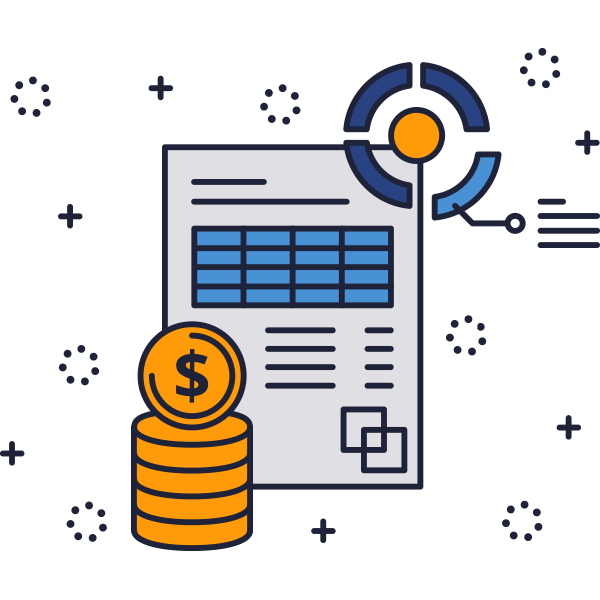Some companies these days have so many branches it can be hard to keep track of how they are performing. That’s where Fundamental Analysis comes into play. Fundamental Analysis strips away all the extra investments and activities of a business, leaving you with the nucleus. The key to smart investing is to look at how a company did in its primary function, or else you might find yourself with a stock rotten to its core.
Introduction
Before we get started, we wanted to let you know about an unbeatable investing opportunity. After you’ve mastered the art of fundamental analysis, we suggest opening up your phone, downloading the Robinhood app, and funding an investment account.
Robinhood is an app that needs no introduction. Founded in 2013, Robinhood raised $539 million in venture capital funding. Currently, the company boasts over 5 million users, making it one of the most popular brokerages in the world.
What makes Robinhood so popular? The company provides fee-free trading and a cutting edge user experience. Robinhood makes investing simple and seamless. The service proves to be one-of-a-kind by cutting out nearly all costs associated with investing.
So How Do I Open a Robinhood Account and Get up to $1,000 in FREE STOCK?
To open a Robinhood account, all you need is your name, address, and email. If you want to fund your account immediately, you will also need your bank account routing and account number.
As its current promotion, Robinhood is giving away a FREE STOCK (valued at $5 to $200) to anyone that opens a new account this month if you click on the promo image below. Then, once you open and fund YOUR account with at least $10, you will receive more free stock (again valued at $5 to $200) for referring your friends and family. The more people you refer, the more free stock you get. Click on this promo below to start your Robinhood account application and get your first FREE stock.....
Bonus Tip: Use this link to get a free stock (up to $200 value) when you open and fund your account with at least $10: sign up for Robinhood today, you'll get a free stock (up to $200 value!) FURTHERMORE, for each friend that you refer, you will receive ANOTHER free stock valued at up to $200. This is perfectly legit and you WILL get more free stock for every friend or family member you refer.
Why do they give away so much free stock? Because they spend their advertising dollars this way instead of buying TV, radio, print, or online ads! They WANT you to refer friends!

